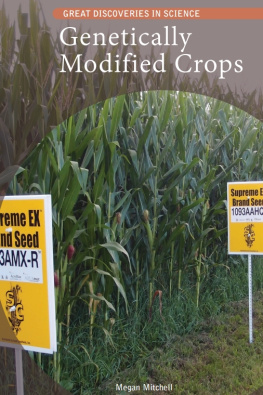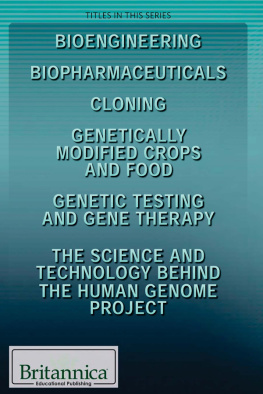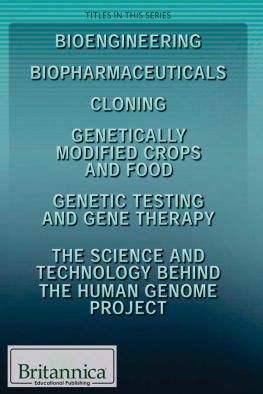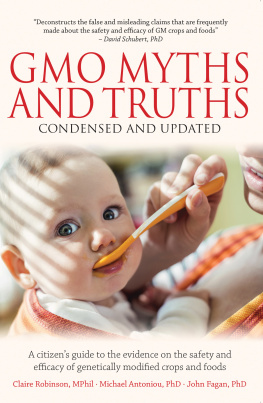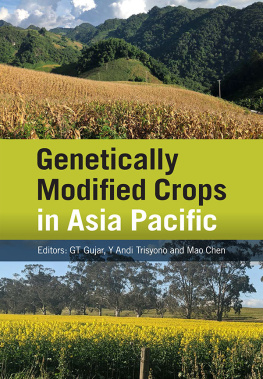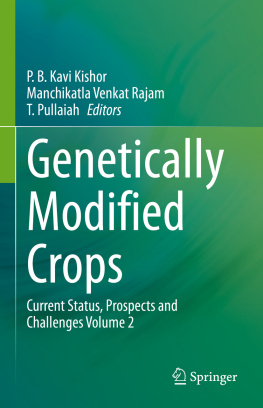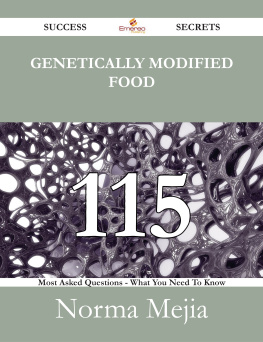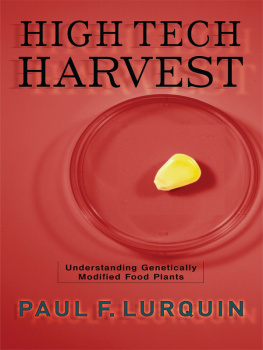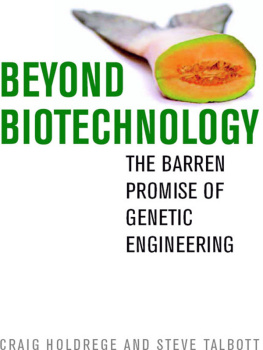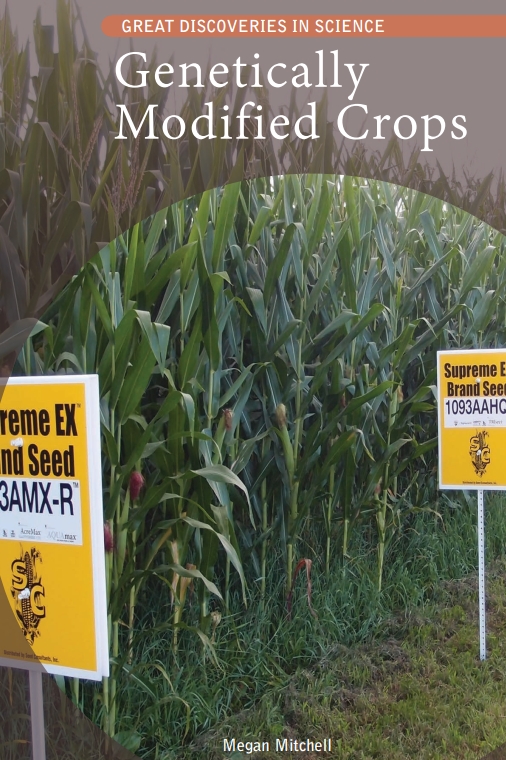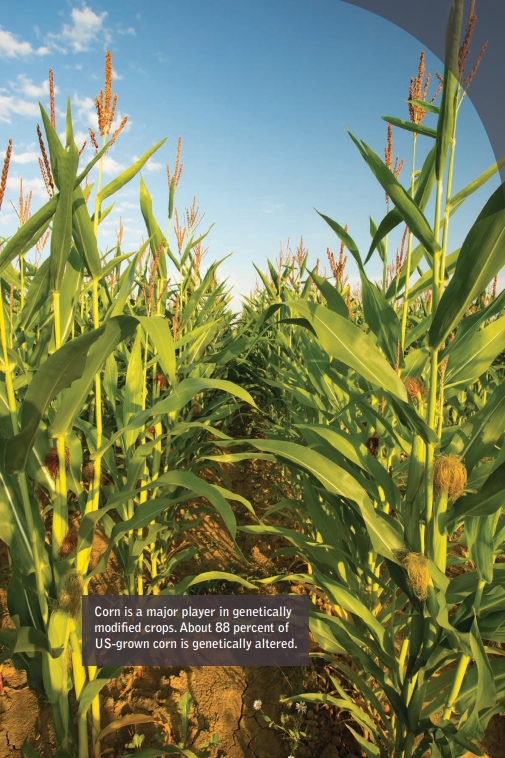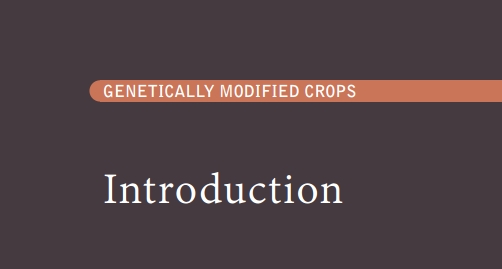Published in 2019 by Cavendish Square Publishing, LLC
243 5th Avenue, Suite 136, New York, NY 10016
Copyright 2019 by Cavendish Square Publishing, LLC First Edition
No part of this publication may be reproduced, stored in a retrieval system, or transmitted in any form or by any meanselectronic, mechanical, photocopying, recording, or otherwisewithout the prior permission of the copyright owner. Request for permission should be addressed to Permissions, Cavendish Square Publishing, 243 5th Avenue,
Suite 136, New York, NY 10016. Tel (877) 980-4450; fax (877) 980-4454.
Website: cavendishsq.com
This publication represents the opinions and views of the author based on his or her personal experience, knowledge, and research. The information in this book serves as a general guide only. The author and publisher have used their best efforts in preparing this book and disclaim liability rising directly or indirectly from the use and application of this book.
All websites were available and accurate when this book was sent to press.
Library of Congress Cataloging-in-Publication Data
Names: Mitchell, Megan, author.
Title: Genetically modified crops / Megan Mitchell.
Description: First edition. | New York : Cavendish Square, 2019. | Series:
Great discoveries in science | Includes bibliographical references and index. Identifiers: LCCN 2018009543 (print) | LCCN 2018011493 (ebook) | ISBN 9781502643681 (ebook) | ISBN 9781502643780 (library bound) | ISBN 9781502643902 (pbk.) Subjects: LCSH: Transgenic plants.
Classification: LCC SB123.57 (ebook) | LCC SB123.57 .M58 2019 (print) | DDC 631.5/233--dc23 LC record available at https://lccn.loc.gov/2018009543
Editorial Director: David McNamara Editor: Jodyanne Benson Copy Editor: Michele Suchomel-Casey Associate Art Director: Alan Sliwinski Designer: Christina Shults Production Coordinator: Karol Szymczuk Photo Research: J8 Media
The photographs in this book are used by permission and through the courtesy of:
Cover Lindsay Eyink/Wikimedia Commons/File:Hybrid corn Yellow Springs, Ohio.jpg/CC BY 2.0 Generic;
p. 4 Elena Masiutkina/Shutterstock.com; p. 10 Look and Learn/ Bridgeman Images; p. 13 Aunt Spray/ Shutterstock.com; p. 15 Norman Einstein/Wikimedia Commons/File:Fertile Crescent map.png/CC BY SA 3.0; p. 20 Hulton Archive/Getty Images; p. 21 Spencer Sutton/Science Source/Getty Images; p. 24 Bettmann/ Getty Images; p. 28 Tao Jiang/EyeEm/Getty Images; p. 31 Udaix/Shutterstock.com; p. 35 Sheila Terry/ Science Source; p. 36 Comstock/Stockbyte/Thinkstock.com; p. 40 Alexlky/Shutterstock.com; p. 48, 51 Science Source/Getty Images; p. 53 Karine Aigner/National Geographic Magazines/Getty Images; p. 57 Classic Image/Alamy Stock Photo; p. 60 Joseph Scherschel/The LIFE Images Collection/Getty Images; p. 64 Zeljko Radojko/Shutterstock.com; p. 68 V. Habbick Visions/Science Source; p. 70 Luke Sharrett/Bloomberg/ Getty Images; p. 73 Jim McKnight/AP Images; p. 75 Scimat/Science Source; p. 84 By 360b/Shutterstock. com; p. 89 Universal Images Group North America LLC/Alamy Stock Photo; p. 90 F Lariviere/Shutterstock. com; p. 95 David Grossman/Alamy Stock Photo; p. 98 Ira Bostic/Shutterstock.com; p. 101 Gideon Pisanty/ Wikimedia Commons/File:Lolium rigidum 1.JPG/CC BY 3.0; p. 104 Alison Hancock/Shutterstock.com.
Printed in the United States of America
Contents
A griculture is one of the oldest human pursuits. The practice of breeding plants, animals, and other organisms for food and other human products stretches back ten thousand years. Today, agricultural land comprises 38 percent of Earths total land mass. Historians, biologists, and other scientists all contributed to our understanding of the ways in which early humans developed practices that still influence agriculture today.
For thousands of years, humans have selectively bred plants and animals for offspring with more desirable characteristics. Farmers chose plants and animals with the best traits, like faster growth or hardiness. They bred these organisms over weaker versions. Organisms with favorable traits resulted in stronger and more productive crops and livestock.
The enormous differences in dog and horse breeds, for example, are the result of thousands of years of selective breeding. The modern-day golden retriever can fetch, or retrieve, birds for hunters. During the mid-l800s, hunters found that existing dogs were not adept at retrieving birds from water and land. Hunters needed a dog breed that could swim and fetch birds in marshes and wetlands. Scottish hunters bred water spaniels with existing retriever breeds to form a new type of dog, the golden retriever. Golden retrievers are excellent swimmers and can retrieve downed birds.
Over time, our understanding of how traits, like swimming, transfer from parents to offspring grew. As scientists discovered the principles of heredity, they developed ways to change organisms traits. Using this knowledge, scientists created genetically modified organisms (GMOs).
To create genetically modified plants and animals, scientists combine the genetic material of different, often unrelated, species. The genetic information can come from other animals, plants, bacteria, and even humans. With technology to analyze genetic information, scientists identify traits that will be beneficial to other organisms. Then, they use different genetic modification, or change, techniques to combine the genetic information of two different species.
One of the most common uses of such technology is the production of genetically modified crops (GMCs), such as corn, rice, apples, squash, and potatoes. Using traits from bacteria and other organisms, scientists have designed GMCs that can produce higher yields. They have also created genetically modified crops that can survive challenging environments.
Genetically modified crops are widely planted in the United States and globally. Between 1996 and 2011, farmers from twenty-nine countries planted 1.25 billion hectares (3,088,817,268 acres) of genetically modified crops, an area of land greater than the United States or China. The United States dedicates the largest area of land, around 70 million hectares (172,973,767 acres), to GMC production.
Today, there are over forty types of genetically modified plants. The most common are corn, soybeans, cotton, and canola. Other GMCs include tobacco, sugar beets, and potatoes. Many ingredients found in packaged food come from GMCs.
Genetically modified crops are also grown for livestock feed. These crops are more resistant to insects, pests, and weeds. Because of their resistance, farmers use less pesticides and herbicides. They are able to survive drought and extreme temperatures. Changing the genetic makeup of these crops also creates tougher, higher-producing plants. Genetically modified corn, cotton, and soy, for instance, produce 20 to 30 percent higher yields than nonmodified crops. Higher yields lower food production costs and provide more food. More food at lower costs is critical for many who face hunger across the globe.
Despite their popularity, GMCs are controversial. Supporters see genetically modified crops as the solution to hunger as the global population grows. Critics argue that genetically modified crops and animals may have harmful effects on human health and the environment. Critics also believe that there may be dangerous long-term effects. Genetic modification may, they point out, cause allergies or alter the nutritional value. Supporters, however, maintain that genetically modified crops offer enhanced nutritional value in addition to a longer shelf life, which is beneficial for consumers.

